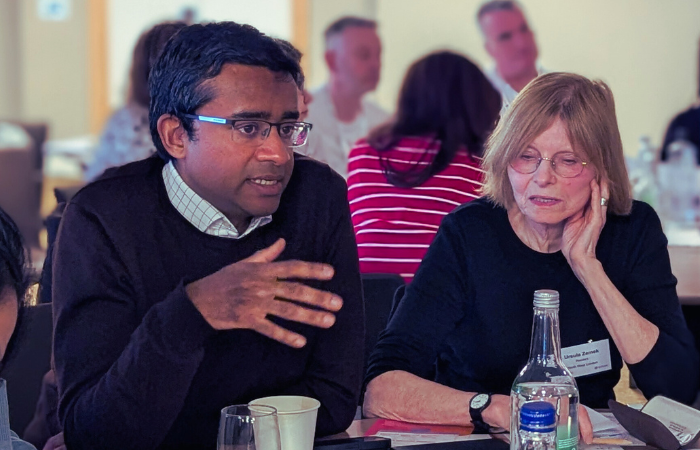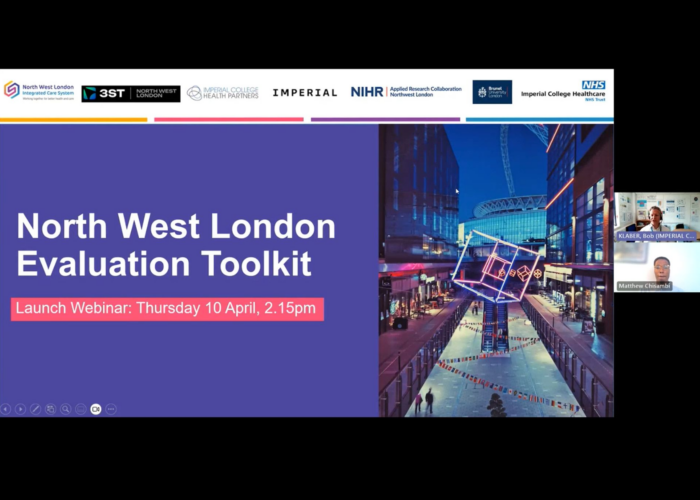The British Red Cross recently published their new health inequalities report, Nowhere Else to Turn, which explores the complex and often non-clinical reasons for high intensity use at A&E, listening to those with lived experience.
This report draws on in-depth analysis of health data from North West London, undertaken in 2020 by Imperial College Health Partners – we analysed frequent attendance among a cohort of 2.2 million patients.
High intensity use of A&E is a significant challenge, not just in England but around the world. British Red Cross commissioned this research to shine a light on the issue of high intensity use and to bring together fresh insights from previously published literature and data, new data analysis conducted as part of this research and, crucially, the views of people who have experience of frequently attending A&E and the people who work most closely with them.
Key findings:
Summary of key findings:
- While only 0.67% of the English population attend A&E frequently, as a group they are significantly over represented in emergency care, accounting for 16% of all A&E attendances, 29% of all ambulance journeys and 26% of all hospital admissions in England.
- Our research estimates the cost to the NHS of the high intensity use of A&E to be £2.5bn per year.
- The mortality rate among people aged between 30 and 49 who frequently attend A&E is 7.5 times higher than among this age group in the general population.
- People who frequently attend A&E often feel unheard, leading to dissatisfaction and disengagement with health services more generally.
- Supporting people who frequently attend A&E would have a wide range of benefits, including improving people’s life expectancy, quality of life and experience of care as well as reducing pressures on the healthcare system.
- Mortality rates are higher among people who frequently attend A&E than among the overall population of A&E attenders.
- The risk of mortality is highest among the younger members of this group. Those attending very frequently and with especially high levels of self-harm and suicidality are also especially vulnerable.



